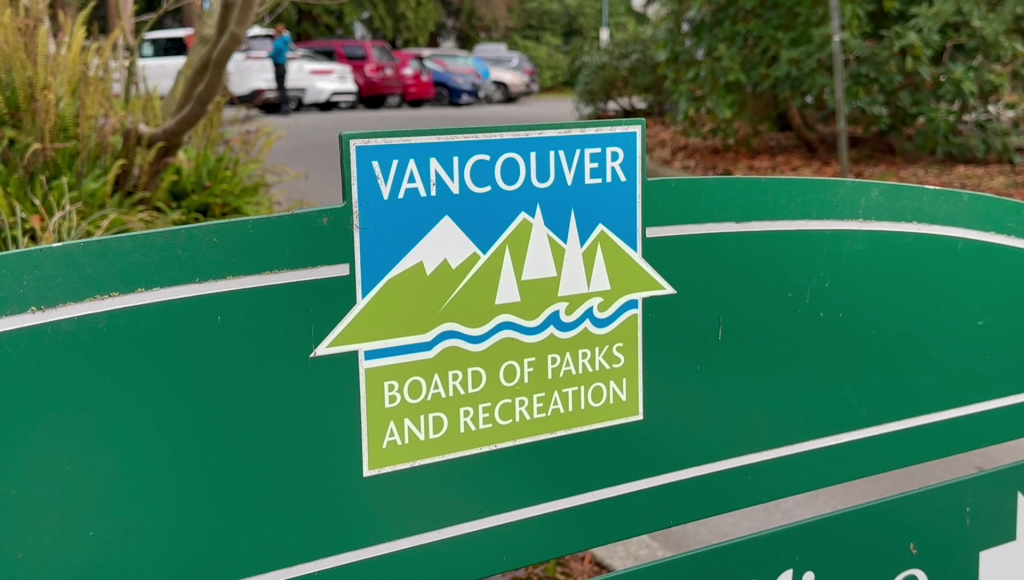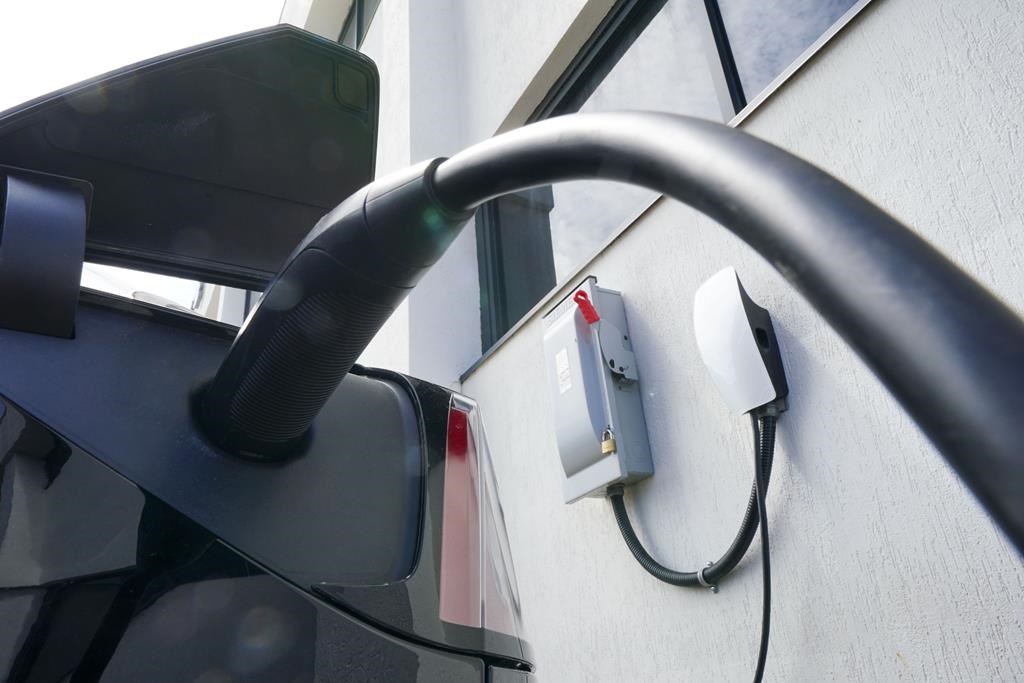TransLink using tire socks on additional routes this winter
Posted November 1, 2018 1:35 pm.
Last Updated November 1, 2018 6:34 pm.
This article is more than 5 years old.
METRO VANCOUVER (NEWS 1130) – You might see an odd thing on your bus’ tires this winter on a snow day.
TransLink is experimenting more with tire socks to provide extra grip. The socks will be used on two new routes on the North Shore.
“They’re going to be sort of like shuttle routes on the Upper Levels — the 210 and the 232. We’re going to have buses running those routes with tire socks. We’re going to have Coast Mountain technicians along the route to monitor the wear on them and replace them, as necessary,” Simon Agnew with Coast Mountain Bus Company said.
He says a set of tire socks costs about $250 and there are a lot of benefits to them. “They’re very easy to carry. They’re very easy to install. They don’t do damage to the bus, so if you were to run say, a cable change, you’re much more likely to cause damage to the bus, which can be very expensive.”
Agnew adds it only takes technicians about five minutes to get them on.
The tire socks were tried out last winter on some buses.
“We went up on Mt. Seymour and we did some testing with some buses with tire socks and without and we found the performance is quite improved by installing the tire socks,” Agnew said. “We made the decision to do shuttle routes up SFU when we needed to. We did two days of running.”
While they worked well, the tire socks wore out within a few hours.
“Now we know what we can expect, as far as the durability goes and how much maintenance they need,” Agnew said.
He says the manufacturer is working on creating more durable socks.
RELATED: Booties for buses as TransLink tests new tools for winter weather
Agnew adds the buses’ tires are rated to handle winter conditions. “We’ve looked on the market at maybe a heavier-tread tire. But we feel for the kind of climate we have here in Vancouver and in the winter — where it’s mainly just rainy conditions — the tire we run, we feel is the best tire.”
If they were to go to full-on snow tires for the entire fleet, “it would be close to 10,000 tires. It would be a huge effort for our technicians to try to handle.”
“Even the storage of it and the purchasing of that many tires to maybe offer slightly better performance for the odd day when we do get a significant amount of snow … we feel the better strategy is to use the tire we have now, in combination with the tire socks,” he added.










